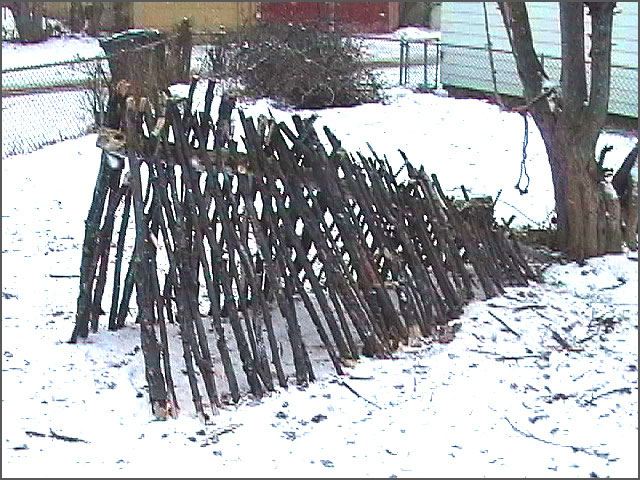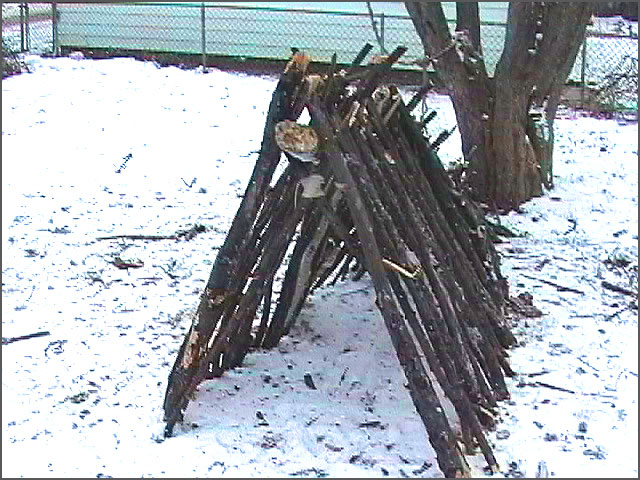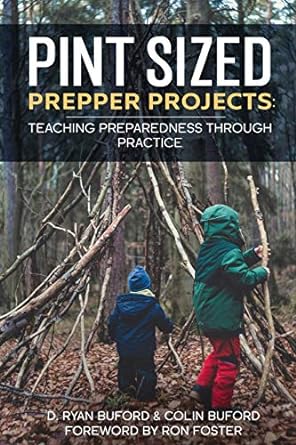How to: Make a Winter Debris Hut
Of the Sacred Three (Shelter > Fire > Water), shelter in most cases is the most important. It is especially most important in extreme weather especially in Winter. Without protection from the elements we humans devoid of a thick coat of fur to cover our bodies can suffer from 3 major conditions:
Here are a few types of winter survival shelters:
- Trees ~ fallen trees provide ready-made framework for shelter, if not completely made shelter with snow
- Brush Shelters ~ brush and branches are available during the Winter especially evergreens
- Snow Shelter ~ a mound of snow that is hollowed out
- Snow Debris Hut ~ A debris hut using evergreen boughs and snow
- Igloo ~ An Inuit shelter made of hardened snow-bricks
- Teepee or Tipi ~ Lakota for "they dwell" or house. Conical shape keeps interior cool in Summer warm in Winter
- Caves ~ caves, often dry and out of the wind, are a good possibility for shelter in the winter
If we find ourselves exposed in the bush in the need of shelter the Snow Debris-Hut here is an option that can be built relatively quickly provided that there are enough natural resources, energy, and time. top↟ Show more > >
Instructions

1). Please refer to the non-Winter Debris-Hut tutorial for basic
structure.
Create the frame work...

2). Creating an A-Frame structure. Here the poor smoke-bush tree suffered some limb-breakage from an ice-storm at the start of the Winter season. So I decided to use the broken branches for various projects including this tutorial.

3). I love using real Christmas trees. But I do not like just discarding them after the Holidays have passed. So I try to make
use of the wood and branches so at least the life of the tree is transformed into something useful other than mere
decoration
Here we took the branches off the discarded evergreens and began shingling the frame with the branches from the bottom up.









